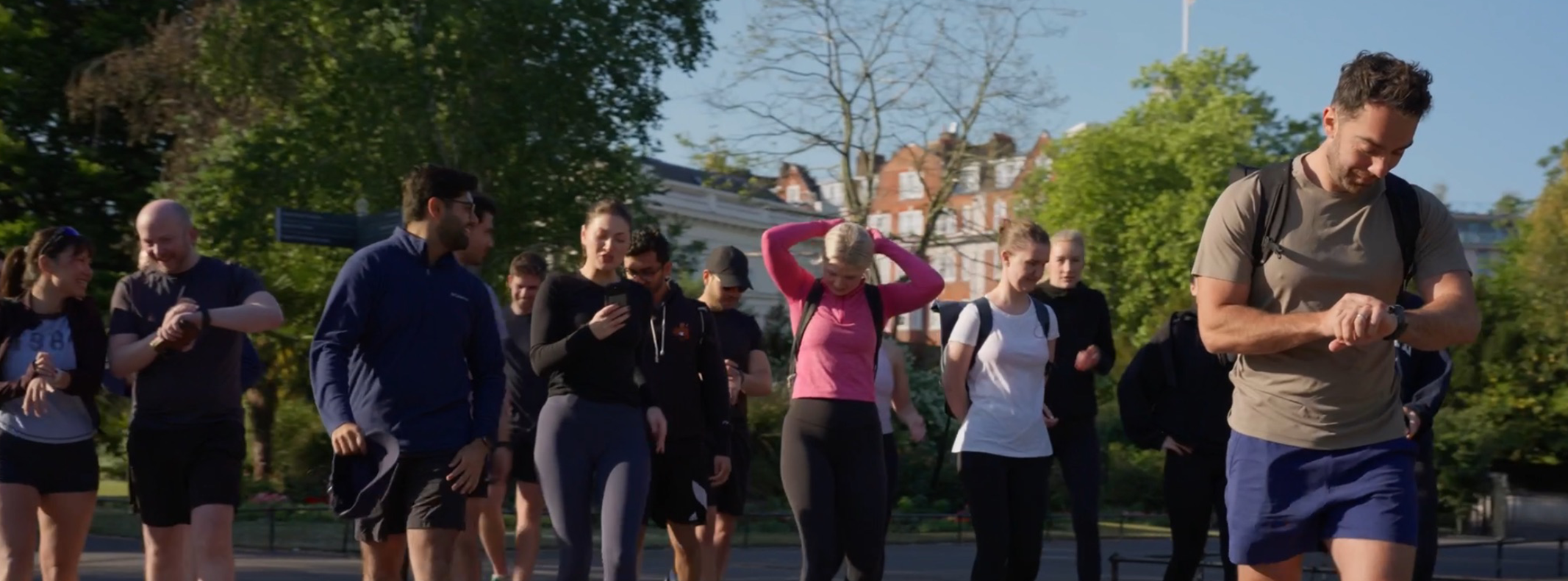Measure Twice, Cut Once:
US Healthcare is an entity of two parts: payers (insurance companies) and providers (hospitals and clinics) — alongside a third, formidable factor in the form of the regulators. Any startup looking to move into this territory will be well-advised to reap the learnings from Uber Health’s Product Strategy and Partnerships lead, Jay Holley.
Uber Health came out of the observation that people were missing doctor’s appointments by the millions every year because they didn’t have access to reliable transportation. Uber Health is now meeting the issue with a service that works for patients, payers, providers and drivers.
Payers and Providers
“You’ve got to understand your customer and know what their needs are,” says Jay. “But adopting the same approach to hospitals and insurance companies probably won’t lead to a fruitful endeavor. There’s some overlap, but you have to understand the key differences.” Uber focused their interaction with hospitals. “Physical proximity was a factor. Being right there at the site of care was the fastest path to the problem. The problem solvers were there too.”
In short, Jay points out, insurance companies are not physically present at the point of care. They’re concerned with positive outcomes for patients of course, but they are a degree removed. Hospitals on the other hand — beyond carrying out their primary task of healing — are focused on enhancing patient experience. They want to deliver their expertise efficiently with seamless, convenient value for their patients.
“Measure twice, cut once,” is a phrase Jay repeats, emphasizing the importance he places on full-scope preparation. “Recklessness and unnecessary experimentation is not an option in healthcare.” So the entrepreneurs’ maxim of “failing fast” doesn’t apply in this risk-averse sector. “People are willing to try new things, but a measured and thoughtful approach is called for.”
Uber’s Journey
“What can we do well?.” When Uber’s opportunity in healthcare was first identified, this question was the starting point. The ride solution, the car on the road — to say Uber does this “well” is perhaps an understatement.
“Be humble and ask for help”
Then came: “What do we need educating on?” The healthcare environment, the regulations, the specific professional and patient needs… these were not Uber’s expertise at the beginning of the journey. “It would be tempting to sit in the office and rely on consultants, but we realized we had to sit with providers too.” Time spent in hospitals, talking to doctors and patients, sitting with the very people who have the transportation needs, enriched the information coming from consultant partners as well as compliance firms such as Clearwater Compliance.
The payers side of the landscape isn’t being ignored, but Jay is taking things one step at a time. “Our focus isn’t on picking out different sources of funds but more about delighting riders, providers and drivers. Further down the line we’ll evolve a more developed strategy in which source of funds is more important for us, but for now it’s operational focus.” So the intricacies of Medicaid, Medicare and all the non-governmental organizations are dealt with, for now, by a focus on the product and the immediate need.
Helping them do what they love to do
“The healthcare professionals we spoke with entered the industry because they deeply care about the individuals they interact with on a daily basis. Maximizing ease and efficiency helps them do what they love to do — which is to help patients.” The emotional connection underpinned the rational realities. HIPAA compliance (patient data protection) was just one administrative necessity to secure, alongside the number-crunching aspects of no-shows at hospitals and clinics. “Within a limited handful of time slots at an imaging center, for example, no-shows are like a plane taking off with empty seats.” The relative cost of hiring an Uber against these kind of inefficiencies formed the opportunity for mutual value gains. “Minimizing the problem was our main concern,” says Jay.
Tech within reach
But what of the new demographic? Many healthcare patients, particularly the elderly, were not regular Uber customers, let alone smartphone users. A web dashboard makes it possible for patients and the health network to access the Uber system without a phone. Uber Health also went right back to basics, with paper forms on which details like make, model and color of car are circled in pen. If a passenger doesn’t have a phone, the caregiver can coordinate on their behalf.
Every endeavor is unique
So is Jay’s experience of moving into healthcare easily replicated? Could he confidently now tackle, say, education or real estate? “Every endeavor is unique. Different verticals and relevance will always apply.” Jay points out that even a few years ago, Uber Eats — now an important part of the Uber operation — was not an obvious place for the company to occupy. “There’s a willingness to move into different sectors,” one that is clearly encouraging the kind of thoughtful, intelligent — even humble — approach to expansion, as outlined here.
Jay ends as he began: “be thoughtful, understand the customer and make sure the solution you’re offering maps the need.”













